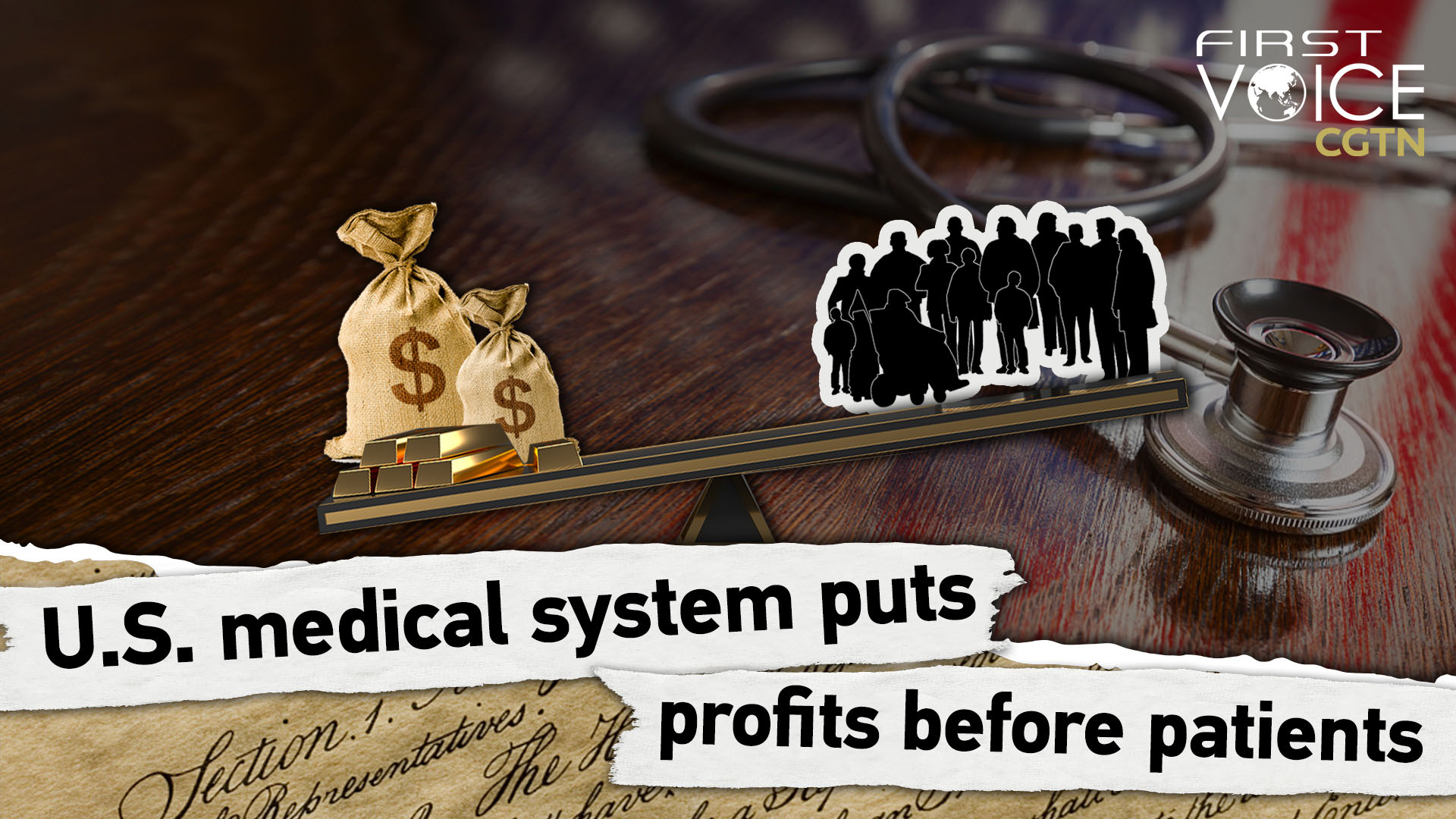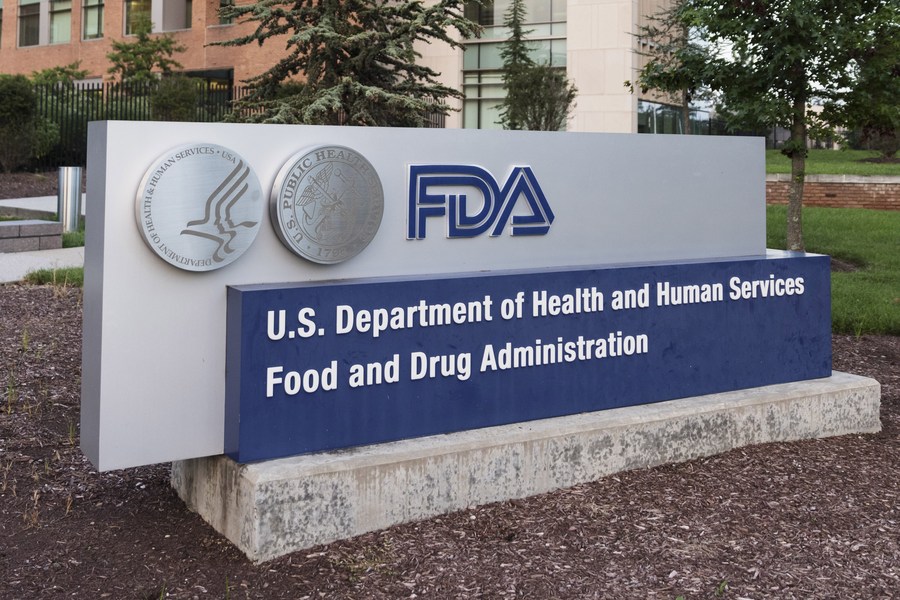
Editor's note: Wretched City upon a Hill is a 10-part series examining the clash between America's cherished beliefs about its democracy and the jarring truth about how the system fails in practice. The third essay is about health care.
The American Dream narrative often involves a healthy, active family with a big house, multiple cars, several children, and at least one dog, living a carefree and comfortable life. As depicted in the movie Annie Hall, the typical American seems to be always healthy and never troubled by illness.
However, the reality is far from that idyllic fantasy.
Logic of capital
The U.S. is the only developed country that relies exclusively on private health insurance companies, meaning that seeking health care becomes a game of corporate profit. The medical-industrial complex, consisting of hospitals, pharmaceutical giants, and insurance companies, has transformed from the ideal universal health care provider into one of the most profitable industries in the country.
Driven by colossal profits, opioid overuse has evolved into a serious health care crisis. For example, Staten Island in New York has fewer than 500,000 residents but records one overdose death every five days. People have become accustomed to these deaths, with police carrying naloxone to save lives from overdoses.
While the opioid crisis has significantly damaged the U.S. workforce base and contributed to the lowest average life expectancy in 25 years, Palm Beach, Florida, is celebrating a boom in business. The small town, with a population of only 67,000, houses hundreds of private rehab centers, whose owners have made more than $1 billion from government grants and addicts' pockets. The rehab industry pays doctors to distribute leaflets to patients – its source for potential customers.
Pharmaceutical giants producing opioid painkillers pay "cooperative" doctors for overprescribing their products, and even offer free vacations to the most "productive" doctors.
Insurance companies lobby doctors and rehab centers to prescribe medicines and administer examinations and treatments not covered by insurance, thus transferring more costs to patients.

U.S. Food and Drug Administration in Silver Spring, Maryland, U.S. /Xinhua
U.S. Food and Drug Administration in Silver Spring, Maryland, U.S. /Xinhua
Extreme inequality in resource allocation
Health equity is difficult to achieve in the U.S. due to increasing class segregation and immobility. This worsens health care resource segregation, creating significant disparities in quality of life, health, and life expectancy between the rich and poor.
Urban-rural disparities are particularly striking. Data show that the ratio of primary care providers to patients is 40 to 100,000 in rural areas, compared with 53 to 100,000 in urban areas. Fewer than 50 percent of rural counties have obstetrics departments, and more than 100 rural hospitals have closed between 2010 and 2021, making things worse for rural residents who already suffer from a low patient-to-doctor ratio and limited access to health care.
Health, increasingly a priced commodity, mirrors wealth disparities. According to American Cancer Society studies, in the 1970s, rich and poor counties had roughly the same mortality rates for cancer. However, 50 years later, annual lung cancer death rates in poor counties increased from 41.2 to 47.7 per 100,000 people, while the rates declined in rich counties that had access to quality medical resources. As a result, the average life expectancy of poor males is 15 years less than rich males across the U.S.
Deep-rooted racism in health care
Although racial discrimination is no longer present in federal law, Black Americans continue to experience unfairness in health care. National Academy of Medicine reports show that when accounting for insurance status, social class, age, and severity of illness, minorities receive lower quality, less timely, and less effective health care than Whites.
Black Americans are particularly less likely to receive proper care for cardiac problems, receive kidney dialysis or transplants, or receive optimal treatment for stroke, cancer and AIDS. They are also more likely to choose early hospital discharge due to financial concerns than Whites.
In addition, hospitals exhibit more patience with White patients and are more likely to provide them superior care, while giving Black patients drugs with more side effects or radical treatment such as amputation.
The most disturbing reality revealed by these reports is that some groups of people in the U.S. are more likely to die from cancer, heart disease and diabetes than others, simply because of their race. In other words, affirmative action, cultural pluralism, and human rights are only skin deep, while the roots of racism run deep.
In short, in the U.S. today, health care is no longer science-based, and no longer even caring. Rather, it follows the logic of business, the law of the jungle, and social Darwinism in a bloodthirsty and money-worshiping market. Pharmaceutical giants, insurance companies, and medical institutions come together as a profiteering complex, while health equity for the people is nothing but a pawn sacrificed in their game of corporate profit.
(The author, Wang Congyue, is an associate research fellow at the Institute of American Studies, Chinese Academy of Social Sciences. If you want to contribute and have specific expertise, please contact us at opinions@cgtn.com. Follow @thouse_opinions on Twitter to discover the latest commentaries in the CGTN Opinion Section.)